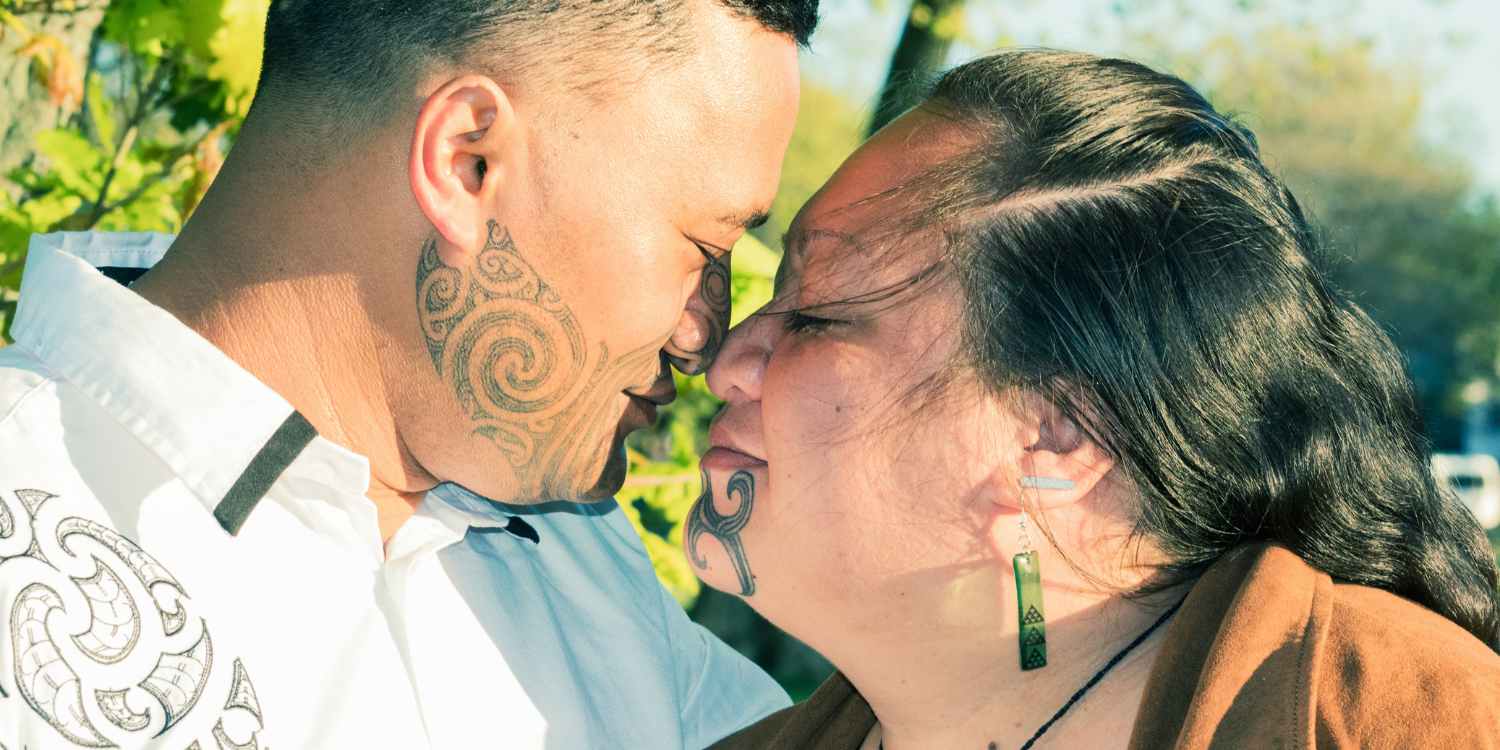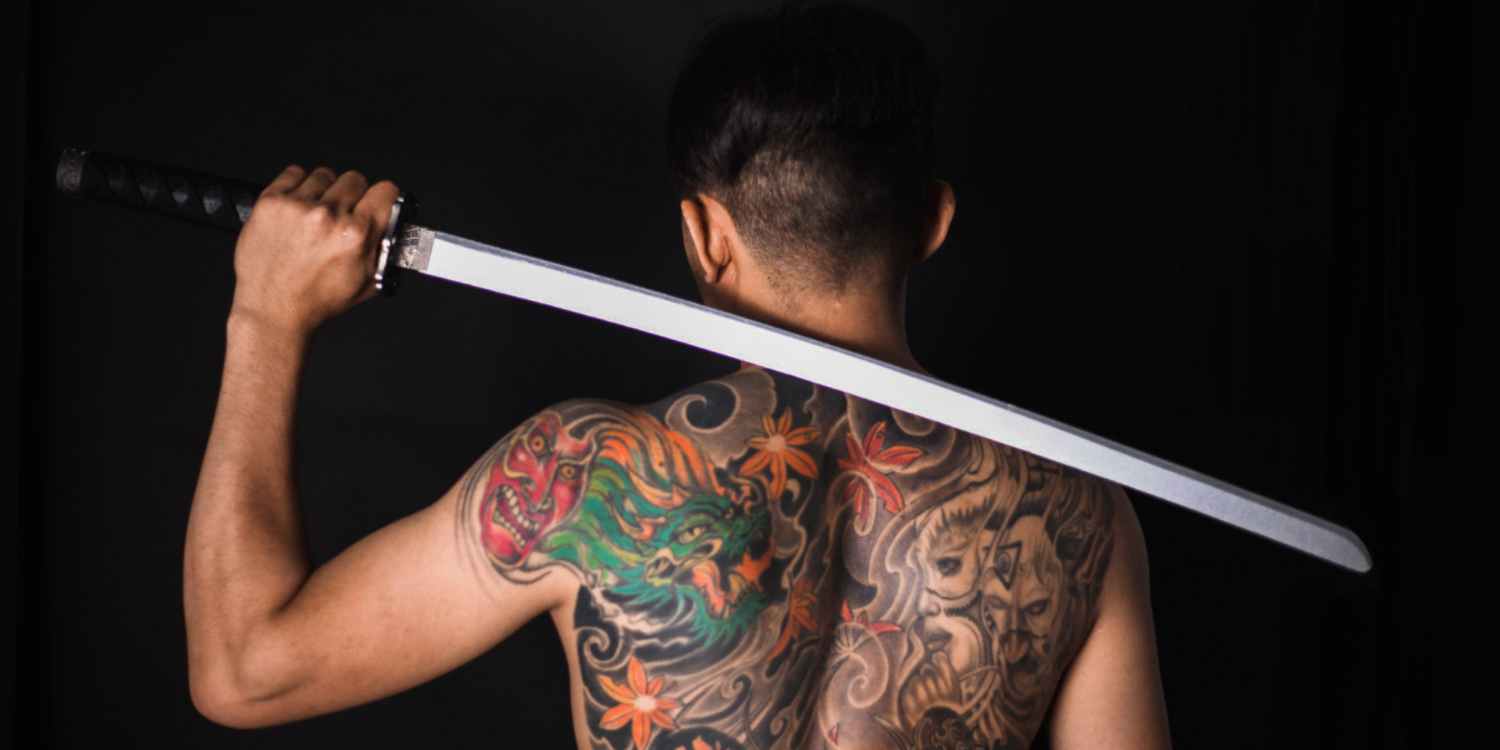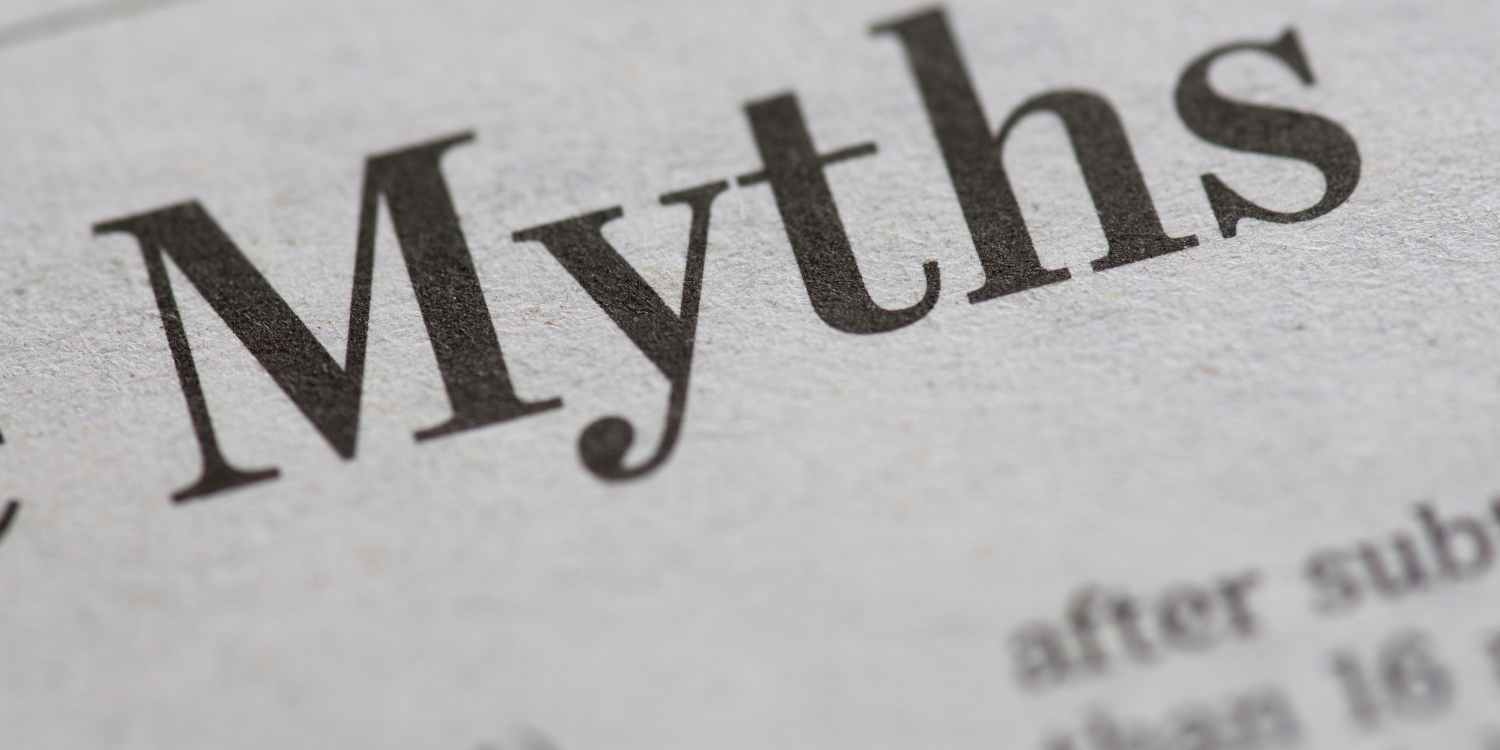Tattooing, an ancient form of body art and cultural expression, has evolved over millennia, transcending geographical and cultural boundaries. Embedded within the history of various civilizations, tattooing has often been intertwined with rituals, symbolism, and rites of passage. In this blog post, we’ll explore the rich tapestry of tattooing rituals, examining ancient practices and their modern adaptations, and reflecting on the enduring significance of this age-old art form.
Ancient Tattooing Rituals: Marking Identity and Signifying Milestones
1. Polynesia:
Ancient Practice: In Polynesian cultures, tattooing held deep cultural and spiritual significance. Tattoos, known as “tatau” in Samoa, were intricate designs that adorned the bodies of warriors and served as a visual representation of their status, achievements, and lineage.
Symbolism: Each tattoo carried symbolic meaning, and the process of receiving a tattoo was a rite of passage. The intricate designs not only marked one’s physical body but also conveyed a connection to the spiritual realm.
2. Japan:
Ancient Practice: In feudal Japan, irezumi, or traditional Japanese tattooing, was associated with the criminal underworld and marked individuals as outcasts. Over time, the art form evolved, and tattoos became a source of pride for the Yakuza, symbolizing strength, resilience, and loyalty.
Symbolism: Japanese tattoos often depicted mythological creatures, landscapes, or scenes from folklore, representing personal or clan affiliations. The process of receiving a traditional Japanese tattoo was seen as a transformative journey.
3. Egypt:
Ancient Practice: Ancient Egyptians practiced tattooing for both spiritual and medical purposes. Tattoos were used to signify religious devotion, protect against evil, and even aid in fertility.
Symbolism: The placement of tattoos on specific body parts held significance. For example, tattoos on the thighs were believed to protect women during childbirth, emphasizing the spiritual and protective aspects of the practice.
4. Maori Culture:
Ancient Practice: The Maori people of New Zealand engaged in a form of tattooing known as ta moko. Ta moko was a complex art form that conveyed information about an individual’s lineage, social status, and personal history.
Symbolism: Each element of a ta moko design had specific meaning, from facial tattoos to those on other parts of the body. The process of receiving a ta moko was a sacred and ritualistic experience, connecting the individual to their ancestors.
Modern Adaptations: Tattooing in the Contemporary World
1. Western Tattoo Culture:
Modern Practice: In the Western world, tattooing has evolved into a mainstream form of self-expression and art. Tattoos are no longer solely associated with counterculture; they have become a widely accepted means of personal storytelling and creativity.
Symbolism: Modern tattoos often carry personal significance, ranging from commemorating life events to expressing individual beliefs and passions. The act of getting a tattoo has become a highly personal and customizable experience.
2. Revival of Indigenous Practices:
Modern Practice: In recent years, there has been a growing movement to revive and respect traditional tattooing practices among indigenous communities. This revival emphasizes cultural preservation and a reclamation of identity.
Symbolism: Indigenous artists often draw inspiration from ancestral designs, infusing modern tattoos with cultural symbolism and reclaiming the narrative around indigenous tattooing.
3. Commemorative Tattoos:
Modern Practice: Tattoos are frequently used to commemorate significant life events, relationships, or the loss of a loved one. Memorial tattoos, in particular, have become a poignant way for individuals to carry the memory of someone special with them.
Symbolism: The symbolism in modern commemorative tattoos is deeply personal. Designs may include dates, names, symbols, or imagery that holds specific meaning to the individual, transforming the body into a living canvas of memories.
4. Tattooing as a Therapeutic Art Form:
Modern Practice: Tattooing is increasingly recognized as a therapeutic art form, providing a cathartic and empowering experience for individuals dealing with trauma, mental health challenges, or self-esteem issues.
Symbolism: The act of getting a therapeutic tattoo can be a transformative journey, allowing individuals to reclaim their bodies and tell their stories in a way that fosters healing and self-empowerment.
Tattooing Rituals Today: Navigating Meaning and Transformation
1. The Ritual of Choice:
Modern Practice: Unlike some ancient practices where tattooing was often a rite of passage or a societal expectation, modern tattooing is a deeply personal choice. The act of choosing to get a tattoo becomes a ritual of self-determination and individual expression.
Symbolism: The symbolism in modern tattooing rituals lies in the deliberate choice to permanently mark the body. The tattooing process itself, from design selection to the application, becomes a transformative experience.
2. Rituals of Healing and Closure:
Modern Practice: Tattoos can serve as rituals of healing, closure, or remembrance. Individuals may choose to get tattoos as a way of reclaiming their bodies after trauma, finding closure after a challenging chapter, or honoring the memory of a loved one.
Symbolism: The act of receiving a healing tattoo becomes a ritualistic journey towards inner peace and acceptance. The permanence of the ink symbolizes a commitment to moving forward with strength and resilience.
3. Rituals of Communal Bonding:
Modern Practice: Tattooing has become a communal experience, with friends or family members getting matching tattoos or participating in the process together. Tattooing rituals are no longer solitary; they are shared experiences that strengthen bonds.
Symbolism: The act of getting matching tattoos or participating in a group tattooing ritual symbolizes shared values, experiences, or milestones. It becomes a visual representation of interconnected lives.
Navigating Tattooing Rituals: A Personal Journey
1. Preparing for the Ritual:
Tip: Before getting a tattoo, take the time to reflect on the symbolism and personal significance of the design. Consider the emotional and transformative aspects of the process, embracing the ritualistic nature of tattooing.
2. Choosing a Design:
Tip: Select a design that holds deep personal meaning to you. Whether it’s a symbol of strength, a tribute to a loved one, or a representation of personal growth, the design should resonate with your story.
3. Finding the Right Artist:
Tip: Research and choose a skilled tattoo artist who understands the importance of the ritualistic aspect of tattooing. A professional artist can guide you through the process and ensure a meaningful and transformative experience.
4. Embracing the Experience:
Tip: Approach the tattooing experience with an open heart and mind. Embrace the physical and emotional sensations, recognizing that the ritual is not just about the end result but the transformative journey itself.
5. Post-Tattoo Care:
Tip: Care for your tattoo with intention. Follow the aftercare instructions provided by your tattoo artist to ensure proper healing. This process symbolizes the commitment to nurturing and protecting the transformation you’ve undergone.
Conclusion: Tattoos as Living Testaments of Transformation
Tattooing, as a form of self-expression, has traversed the sands of time, leaving indelible marks on diverse cultures and individuals. The ancient rituals surrounding tattooing have evolved into a contemporary phenomenon, where the act of getting a tattoo is a deeply personal and transformative experience.
In today’s world, tattoos serve as living testaments of transformation—physical representations of identity, personal narratives, and milestones. Whether drawing inspiration from ancient practices, cultural roots, or individual stories, tattooing rituals continue to bridge the past and present, creating an ever-evolving tapestry of human expression. As we embark on our individual tattooing journeys, let us honor the ancient rituals that paved the way, weaving new stories and symbols into the rich fabric of the global tattooing tradition.
Visit our Toronto or Montreal locations for any tattoo or piercing needs.













